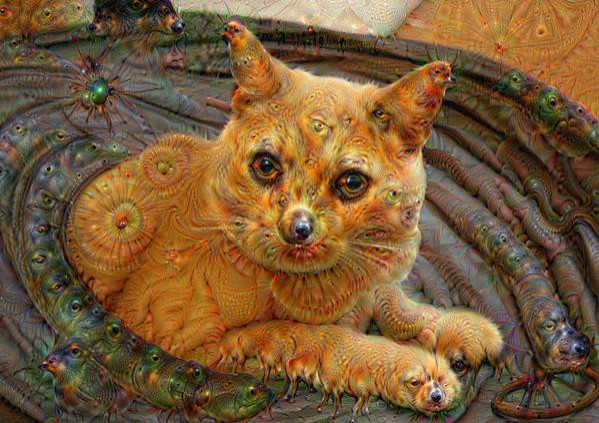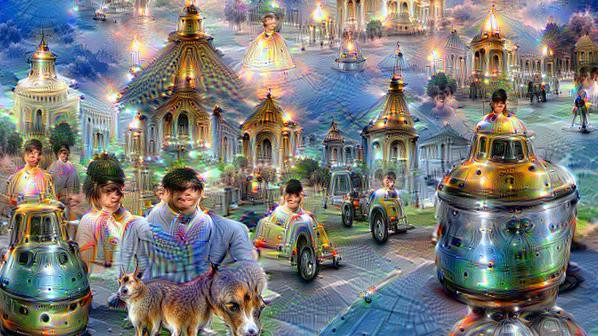Google throws open DeepDream software to create bizarre images


You can now make your own neural network-inspired images, as weird and creative as you like, using Google's DeepDream software available on its blogspot.
Two weeks ago, the company had released the product of its experiment in bizarre computer-generated images. It has now made the software available to public.
Submit an image and choose which layers in the network to enhance, how many iterations to apply and how far to zoom in, or just plug in different pre-trained networks, says Google.
The results can be psychedelic, out-of-this-world with 'dog fishes', multi-hued cats, 'pig snails', knight built of dogs and strange, colourful cities -- much like the strange worlds of human dreams.
Besides aiding the artist, the software is intended to help understand how neural networks work – classify, improve network architecture and learn.
The software is based on a code used for image and pattern recognition aimed at making the computers think like humans. In the latest application, it looks for such patterns and enhances the image to make it look more like that pattern and repeats the process.
Over the course of multiple iterations, everyday photos would turn abstract, weird and even grotesque.
Animals and rainbow colouring are hot favourites of the software.

The computers usually work in a series of steps, wherein the image runs through layers and each layer picks on one aspect of the image and enhances it in steps– like edges, what they look like, bringing in those bits together to build the image.
In a slight change to the process, Google provided the final image and asked the computer to spot it in unrelated images.
The artificial networks proved equal to the task by generating the images, seeing things in pictures that aren't really there. They were next trained to amplify and over-interpret images in a series of iterations.
"It'll be interesting to see what imagery people are able to generate," wrote the Google engineers in the post introducing the tool. "If you post images to Google+, Facebook, or Twitter, be sure to tag them with #deepdream so other researchers can check them out too."
Find out how to download the software from Google's Research blog.

© Copyright IBTimes 2025. All rights reserved.





















